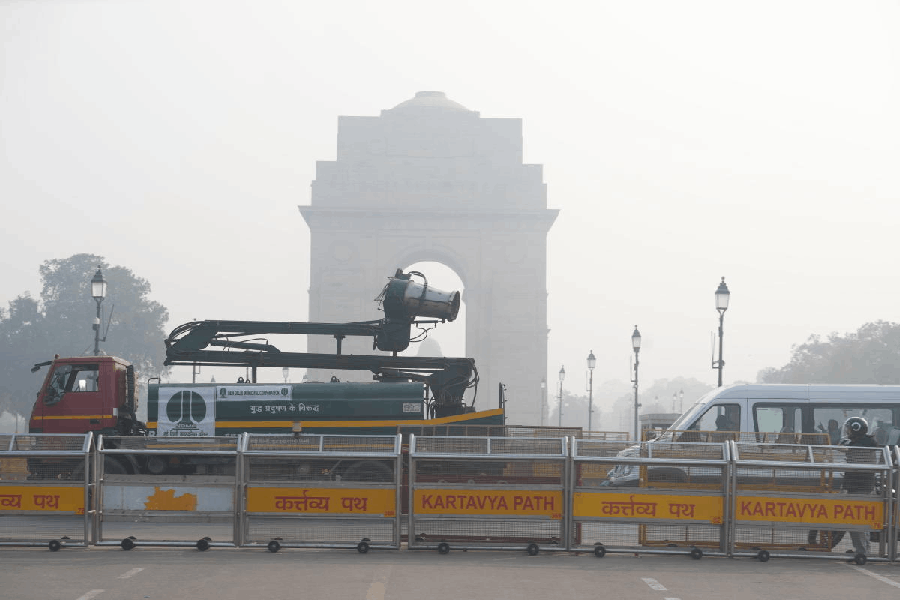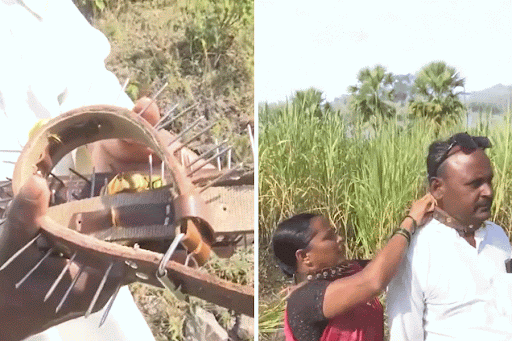JSW Steel surprised the market with its fourth-quarter numbers on Friday. India’s largest steel producer by domestic capacity believes that it can hold to the margins despite volatility in steel prices on the strength of higher sales volume, lower raw material prices and the absence of inventory loss. A day after Jayant Acharya takes over as the joint managing director & CEO of JSW Steel, he tells Sambit Saha of The Telegraph about the company’s roadmap to take capacity to 37MT by FY25 and thereafter to 50MT in a financially prudent manner without loading on fresh debt. An excerpt:
What is your projection for the Indian steel demand for FY24?
We have seen very good growth in India which stood at 13.3 per cent in FY23. Going forward, we see traction from the nation-building focus of the government of India over the next 8-10 years. Steel demand will be driven by the government capex, public and private sector capex and state capex. As for the next fiscal, we believe 8-10 million tonnes (MT) consumption growth is very much possible.
If this is the case, JSW should be able to sell an additional 2.76 MT volume as projected?
You’re right. We feel the guidance we have given — 22.27 MT sales in FY24 from India businesses — is good to go. In Q4, we grew sequentially very well due to a ramp-up in production from Dolvi, BPSL and better capacity utilisation from Ohio in the US. All our overseas subsidiaries performed well and contributed to positive EBITDA. Apart from volume, the product mix is also changing. We are adding capacities for value-added steel in the downstream facilities both in the flat and long products.
What would be the contribution of value-added steel to the production mix?
We would like to maintain the range of 55-60 per cent in value-added speciality products, which includes flats and longs. Our downstream flat steel capacity is about 12 MT. The mix of flat product and long product capacity is two-thirds and one-third respectively and going forward, we probably would remain the same. But even in the long, 80 per cent is special products.
JSW Steel managed to liquidate about 0.35 MT of inventory in Q4. Can this be repeated in FY24?
Inventory was built up in the first 9 months of the last fiscal. JSW had an inventory of 1.69 MT at the opening of April. There is scope to reduce inventory further during the course of this year.
What is JSW’s target for export in FY24?
Export constituted about 15 per cent in Q4. Our target is to maintain between 12 per cent and 15 per cent. The focus will remain on the domestic market.
What will JSW Steel’s capacity be at the end of FY24?
Our capacity was 28 MT in FY23. Indian capacity will go up to 37 MT by FY25. Out of this, 7.5 MT of additional capacity will come up in Vijaynagar, which includes 5 MT of ongoing expansion, 1 MT of debottlenecking, and another 1.5 MT from revamp of an existing blast furnace. Once completed, Vijaynagar’s capacity will go up to 19.5 MT from 12 MT. Additionally, Jharsuguda’s (BPSL) capacity will go up to 5 MT from 3.5 MT.
JSW Steel has projected a capex of Rs 51,925 crore till FY26, including Rs 18,800 crore in FY24. Can you give an outline of where it would be spent?
Our capex is primarily focused on completing the expansion which is going on. Additionally, there will be cost-saving projects — a slurry pipeline in Odisha, new mining projects for iron ore and coking coal, and sustenance capex.
Your operating EBITDA stood at Rs 18,457 crore. Would you say that such surplus generation would take care of the capex and the net debt would not go up significantly?
No, it should not. I will explain why — despite the difficult first nine months, we were able to spend Rs 14,214 crore capex, reducing our debt by Rs 10,000 crore sequentially. Moreover, we have a cash balance of Rs 20,000 crore plus. The volume that we are planning to do and given the magnitude of inventory losses that we had to suffer last fiscal is unlikely to repeat, we believe that capex will mostly be funded from internal accruals.
JSW Steel’s EBITDA stood at Rs 7,939 crore. Is it maintainable during this year?
It’s a long shot but I would say a range in this vicinity is possible. I am saying this because even if the steel prices are volatile, raw material prices are coming down. If you look at coking coal, prices have come down by close to $100 from February-March to May. That benefit will flow in from June. So, margins have the ability to withstand the volatility of steel prices. Moreover, we will benefit from additional volume.
There are two divestment candidates: NMDC Steel and RINL. Will JSW bid for them?
We have brownfield expansion possibilities at Vijaynagar, Dolvi and Jharsuguda. They are possible at a very low specific investment cost. It makes sense to focus on those first. In that perspective, we are well placed to reach 50 MT from the brownfield expansion. However, we have given our expression of interest to NMDC. Due diligence in terms of site visits will start. We will evaluate if it is making an economic, commercial and strategic fit.
How much capacity can you add to each of the existing locations?
We can add a blast furnace of 5 MT each at Vijaynagar and Dolvi and also in Jharsuguda at a much cheaper cost than the industry thumb rule. Therefore, it makes tremendous economic sense to take them up first.










